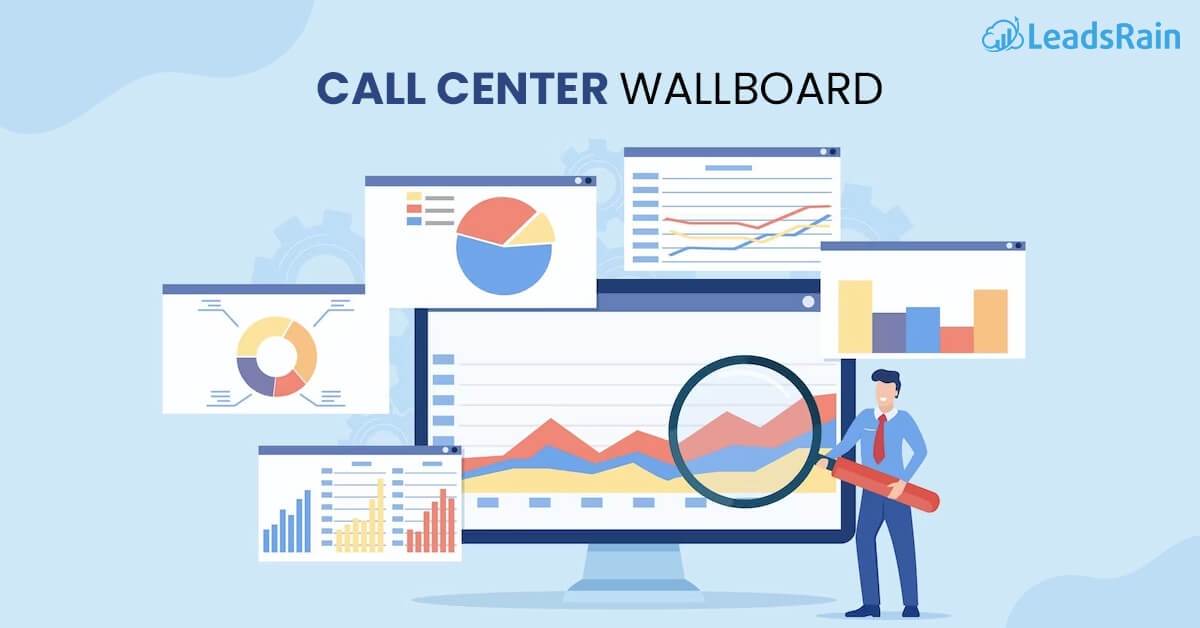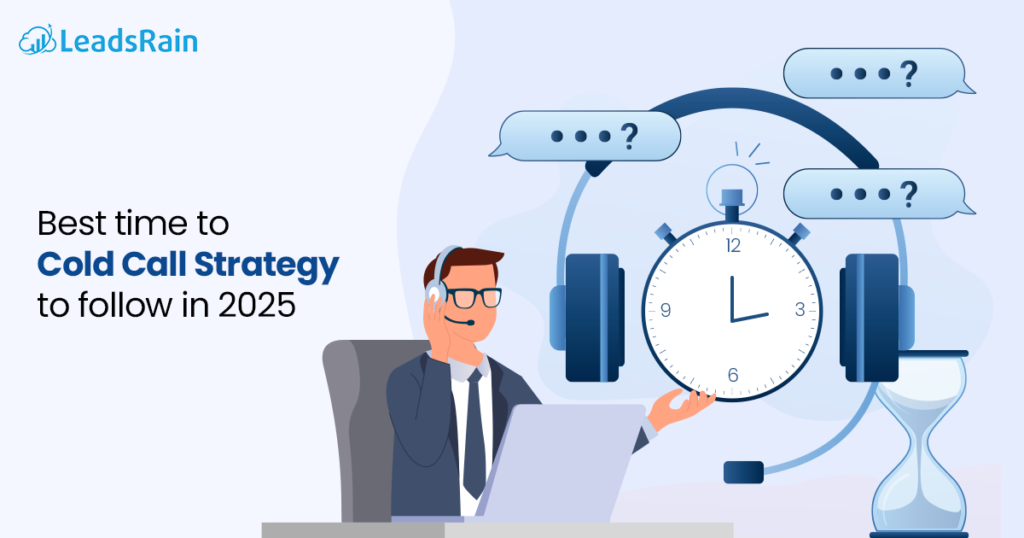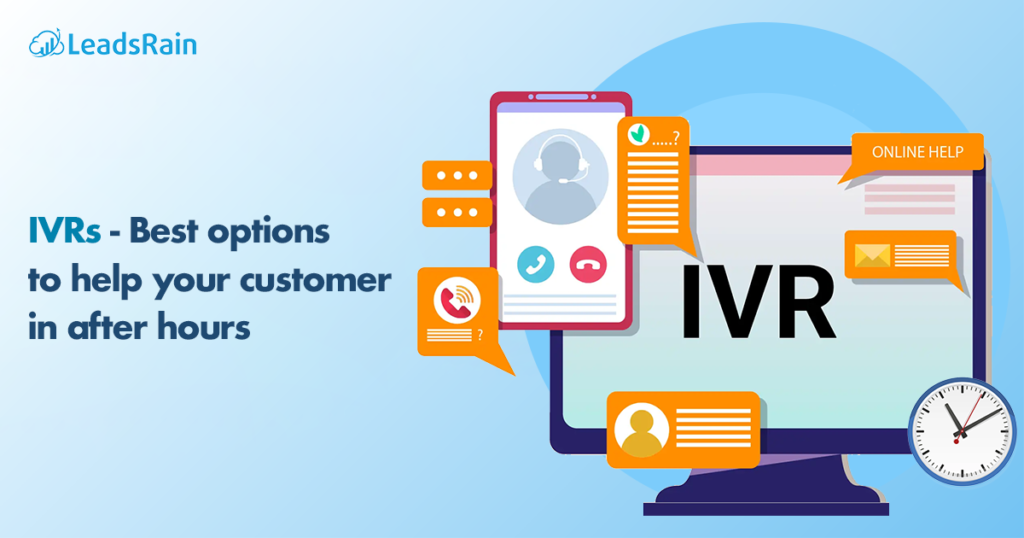The effectiveness of a call center depends on the performance of its staff and agents. Since a call center’s work rate and speed must be time-sensitive, it is crucial that crucial metrics be continuously tracked to evaluate the effectiveness of all of the agents working there.
Call Center Wallboard would go perfectly in this scene. Call center wallboards visualize real-time calling statistics, KPI data, and other helpful metrics on one or more screens on call center walls, supervisor, or agent screens to keep agents and supervisors on track and in sync with their call center goals and milestones. The “correct” KPIs and data mixed with call center wallboards can have a number of beneficial effects.
In this blog, we will take a quick look at the Call center wallboard and how it is helpful for call center performance enhancement.
What is Call Center Wall Board?
A visual display that offers real-time information on a call center’s performance is called a call center wallboard, contact center dashboard, or performance dashboard. Key performance indicators (KPIs) such as call volume, average handle time, service level, agent productivity, and customer happiness are frequently shown on the wallboard. The display is frequently made to be extremely visible and simple to read, enabling managers and agents to spot patterns and areas that could need attention right away.
Wallboards are a crucial tool for controlling and optimizing call center operations because they enable quick problem-solving and decision-making by giving a quick overview of the call center’s performance.
What are the Important Features of the Call Center Wallboard?
Call center wallboards are digital displays that provide real-time data visualization of call center operations. There are several important features of call center wallboards that help make them effective tools for call Centers. Some of the most important features are:
1. Customizable Displays:
Call Center wallboards should allow users to customize the display to show the metrics that are most important to them. This flexibility ensures that each call Center can tailor the wallboard to their specific needs and goals.
2. Real-time Data Updates:
Call Center wallboards should provide real-time data updates, enabling agents and supervisors to monitor current call volumes, queue times, and other critical KPIs as they change throughout the day.
3. Automated Alerts:
Call Center wallboards should have the ability to provide automated alerts to agents and supervisors when certain metrics, such as queue times or call volume, reach predefined thresholds. This feature can help to proactively manage potential issues and prevent long hold times or frustrated customers.
4. Data Visualization:
Call Center wallboards should be able to present data in an easy-to-understand and visually appealing format, such as graphs or charts. This helps agents and supervisors quickly identify trends and make informed decisions.
5. Customizable Templates:
Many call center software providers to offer customizable templates to help call centers get started with their displays. These templates can save time and ensure consistency in the display of data across different teams and locations.
How is Call Center Wallboards Helpful for Call Center Performance Management?
Call center wallboards are useful tools for call centers as they provide real-time performance metrics and data visualization to help call center agents and supervisors monitor key performance indicators (KPIs) and make informed decisions.
Real-Time Monitoring of Performance:
Call center wallboards provide real-time updates on call metrics such as call volume, queue time, and average handle time, enabling agents and supervisors to track their performance against established targets.
Motivation and Engagement:
Call center wallboards can display team and individual performance metrics, which can boost motivation and create a sense of competition among the agents. This can help improve performance and drive engagement.
Improved Customer Experience:
With real-time data visualization, call center wallboards to allow agents and supervisors to identify issues quickly and proactively make changes to improve customer experience.
Decision Making:
Call center wallboards can provide a comprehensive view of call center operations, allowing supervisors to identify trends and patterns in call volume and customer behavior. This data can help them make informed decisions about staffing, training, and process improvements.
How Gamification Can Make Call Center Wallboard more Live and Interesting?
Gamification is the application of game design elements and mechanics to non-game environments to increase user engagement and motivation. In the context of call center wallboards, gamification can make them more lively and interesting by incorporating game-like elements that can motivate and engage call center agents.
Leaderboards:
Call center wallboards can display leaderboards that rank agents based on their performance, such as the number of calls taken, average handle time, or customer satisfaction ratings. Leaderboards can create a sense of competition among agents and motivate them to improve their performance.
Badges and Rewards:
Call center wallboards can award badges or rewards to agents who reach certain milestones or achieve specific goals, such as completing a certain number of calls or maintaining a high customer satisfaction rating. These rewards can motivate agents to improve their performance and provide better customer service.
Progress Bars:
Call center wallboards can display progress bars that show how close agents are to reaching their targets, such as a daily call quota or a customer satisfaction goal. Progress bars can help agents visualize their progress and motivate them to work harder to achieve their goals.
Team Challenges:
Call center wallboards can display team challenges that encourage agents to work together to achieve a common goal, such as reducing call wait times or increasing customer satisfaction ratings. Team challenges can create a sense of camaraderie among agents and motivate them to work together to improve their performance.
By incorporating gamification elements, call center wallboards can create a more engaging and lively work environment for call center agents. Gamification can motivate agents to improve their performance, create a sense of competition, and foster a team-oriented culture, all of which can help to improve call center operations and customer service.
Conclusion:
It is typical to expect real-time displays of critical performance indicators on call center wallboards. Nevertheless, in today’s environment of tremendous disruption, it is challenging to keep the agents interested by merely projecting performance statistics on a large screen. Engaging them with the visually appealing KPI display is crucial to fostering a revitalizing sensation and inspiring them to achieve more.




